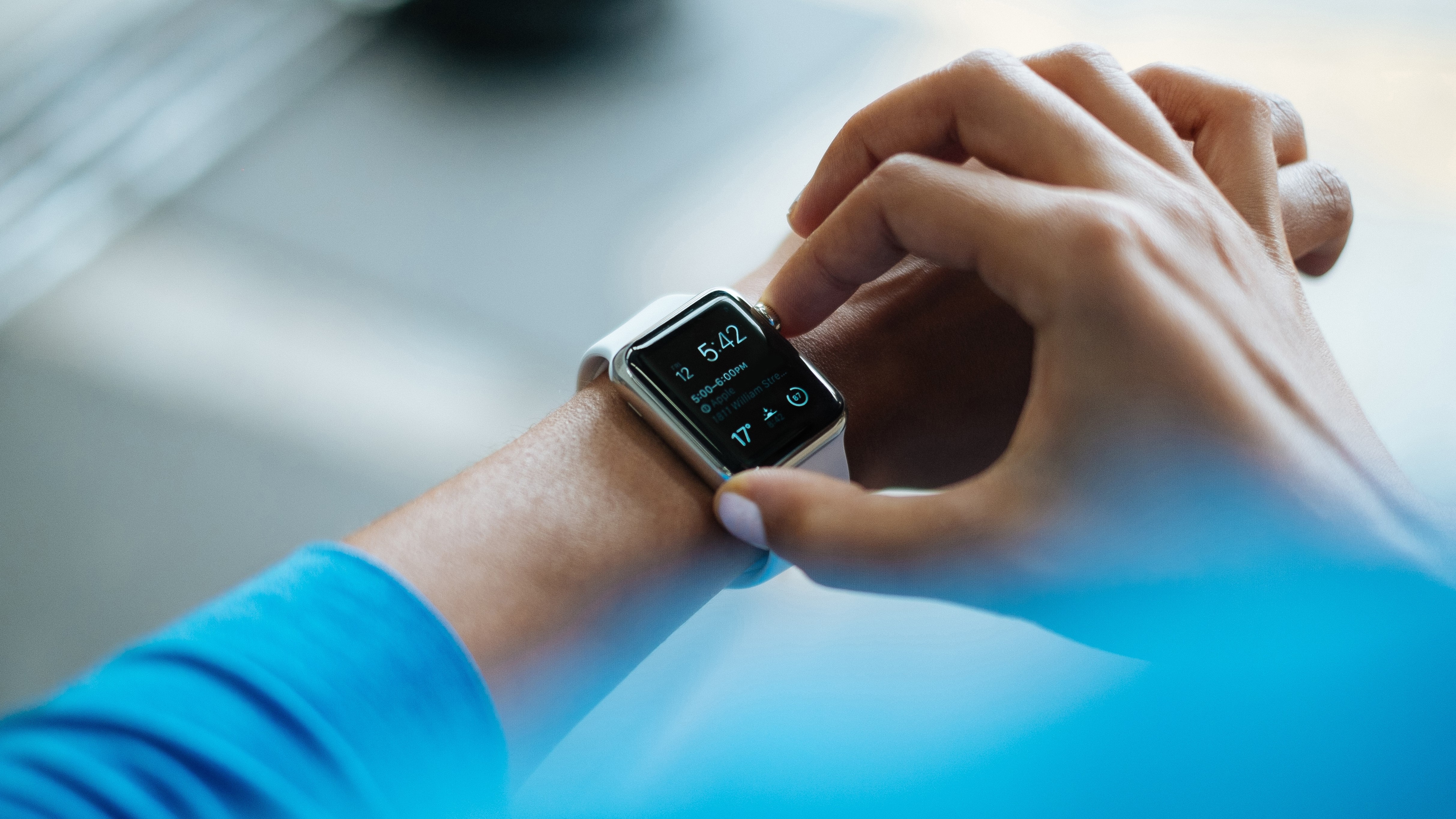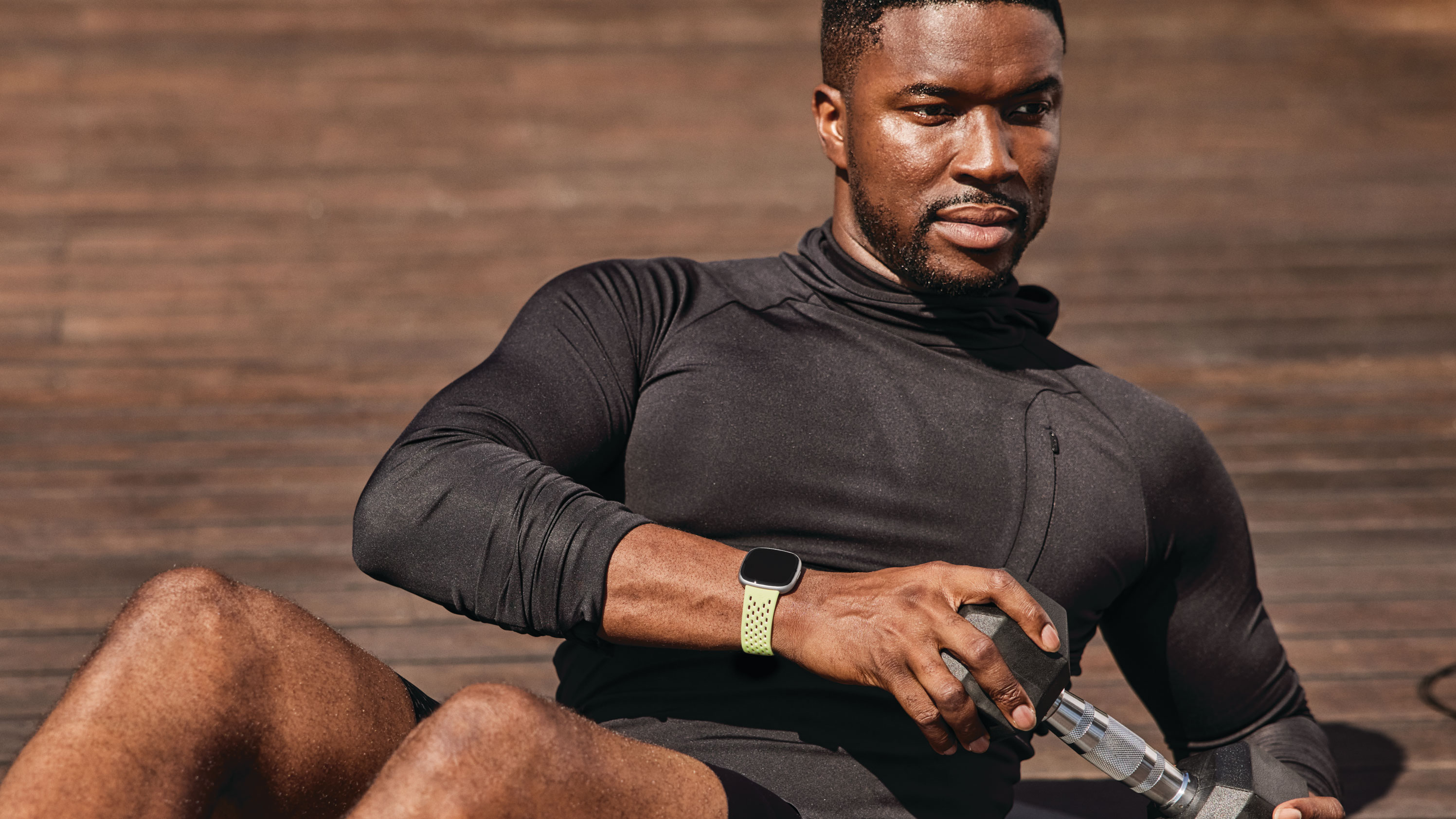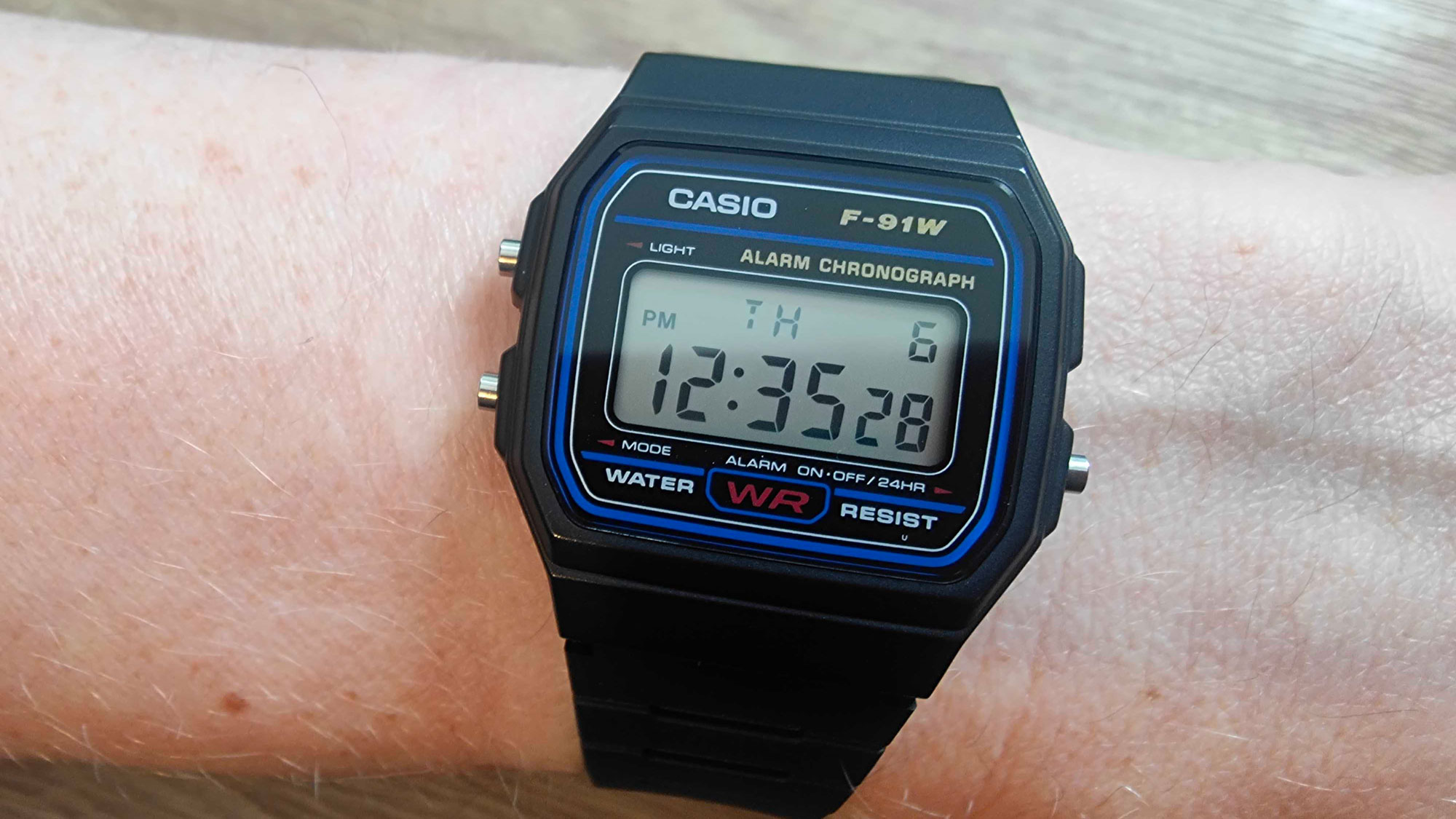The most useful smartwatch widget for the gym is not one you'd expect
Time to go old-school with your smartwatch's stopwatch widget

I struggle with smartwatches and gyms. They’re excellent tools for collecting metrics on all sorts of endurance exercises, from detailed running and cycling metrics to counting your strokes as you swim. GPS positioning removes the anxiety from training in the wilderness and makes trail running a pleasure. But gyms are a different ball game.
Even the best smartwatches struggle to stay useful during weightlifting, yoga, stretching, or doing anything other than a cardiovascular-focused HIIT-based exercise session. Sure, some of the best Garmin watches offer strength training workout profiles, and most smartwatches offer yoga workout profiles as it’s a perenially popular choice. But they can’t speak the language of these exercises in the same way they can so successfully translate their myriad tools to running or cycling.
For example, the best running watches can tell you how your most recent 5K compares to your previous performances pretty much automatically. You can look at this from a heart rate perspective to determine if your fitness has improved or from a time perspective to determine if you’re getting faster.
But no smartwatch can tell you how much you’re lifting, or whether you’re getting your heels on the floor during downward dog, without manual input. It’s why one of the best apps you can use in the gym is the humble Notes app.

But there's a simple functionality that lifters and other gym-goers have been using since before the smartwatch was even a thing: the humble stopwatch. The stopwatch was used to determine how long an athlete took to complete a certain exercise, whether a 100-meter sprint or a challenging weighted 50-yard sled push.
Nowadays, almost every smartwatch has both stopwatch and timer functionalities buried in its UX amongst all the flashier gadgets, and believe me when I say these two functionalities are my most-often-used gym tools.
I use the stopwatch or the timer function on my best Apple Watch to time my rest periods between sets when strength training. Set it for 90 seconds, hit it once you’re finished, and when you hear the beep, it’s time to go again. Information on the number of sets, reps, and weight goes straight into my Notes app, as I find it awkward to input that info directly into my smartwatch.

I use the timer more often now I’ve incorporated isometric movements like planks into my sessions to replace crunches (which can be bad for your back). I also use the stopwatch when holding yoga poses or stretches I’m trying to improve. I even sometimes go completely off the grid and use a small notebook and pencil to record my sets and reps, together with the stopwatch on my beloved Casio F-91W, to time my rest periods.
This might not sound like new information. To most gym-goers, this is incredibly basic stuff, and the idea of timing yourself is hardly revolutionary. But I use the stopwatch or timer functions on my watch approximately 16 times within a one-hour gym session, so at least 40 times a week if I hit the gym three times. That makes it one of my most-used smartwatch features, and I always configure the timer and stopwatch functionalities on a smartwatch so I have easy access to them.
Smartwatches can’t automatically detect the weights we lift or the success of our stretches in the same way they can monitor our power output while we cycle or run, but don’t let perfect be the enemy of good. Sometimes an old-school stopwatch functionality is all you need to better yourself.
Get daily insight, inspiration and deals in your inbox
Sign up for breaking news, reviews, opinion, top tech deals, and more.

Matt is TechRadar's expert on all things fitness, wellness and wearable tech.
A former staffer at Men's Health, he holds a Master's Degree in journalism from Cardiff and has written for brands like Runner's World, Women's Health, Men's Fitness, LiveScience and Fit&Well on everything fitness tech, exercise, nutrition and mental wellbeing.
Matt's a keen runner, ex-kickboxer, not averse to the odd yoga flow, and insists everyone should stretch every morning. When he’s not training or writing about health and fitness, he can be found reading doorstop-thick fantasy books with lots of fictional maps in them.